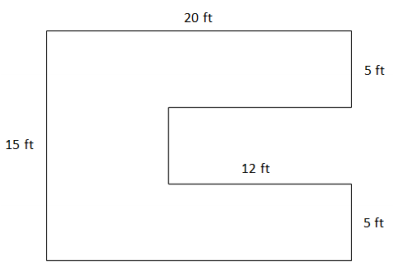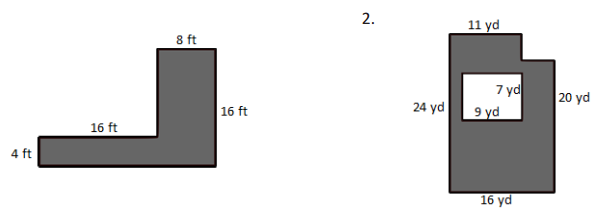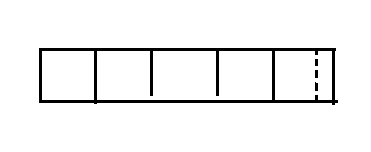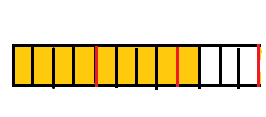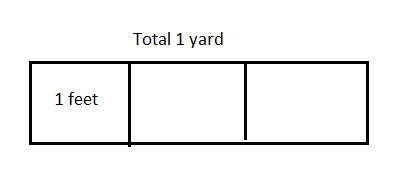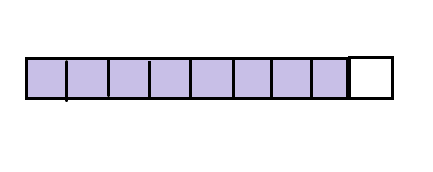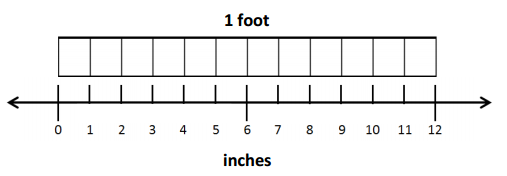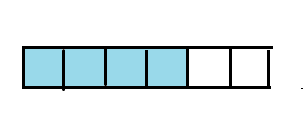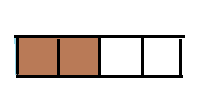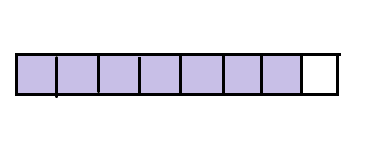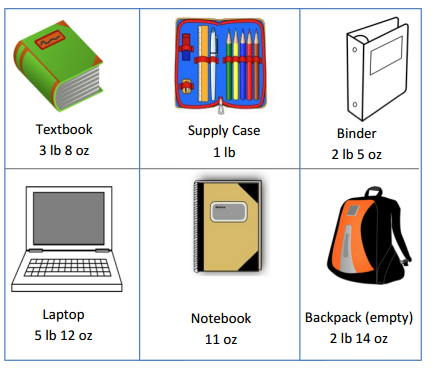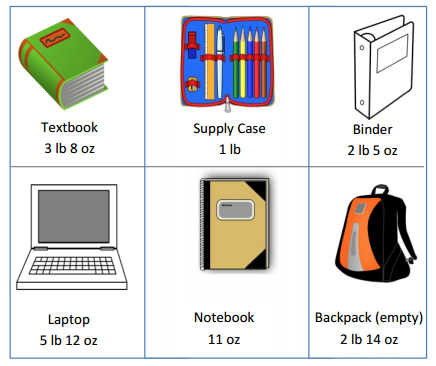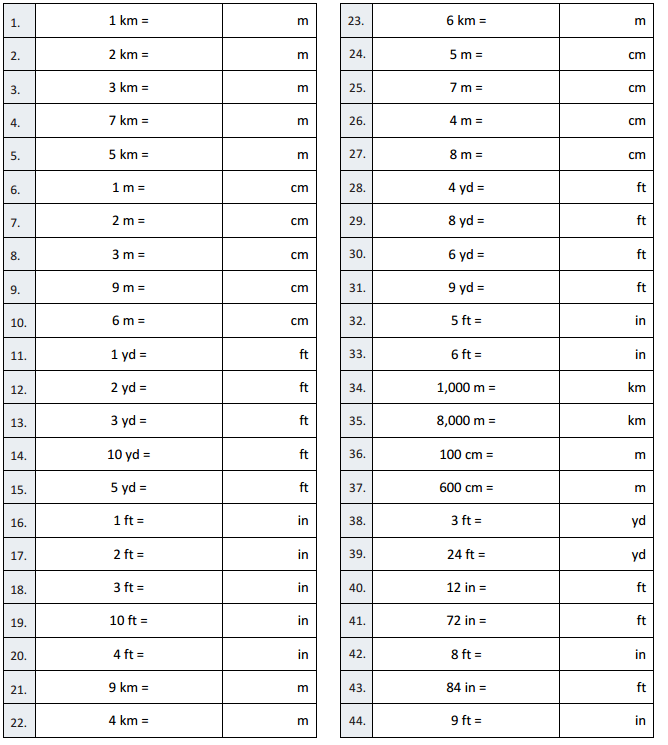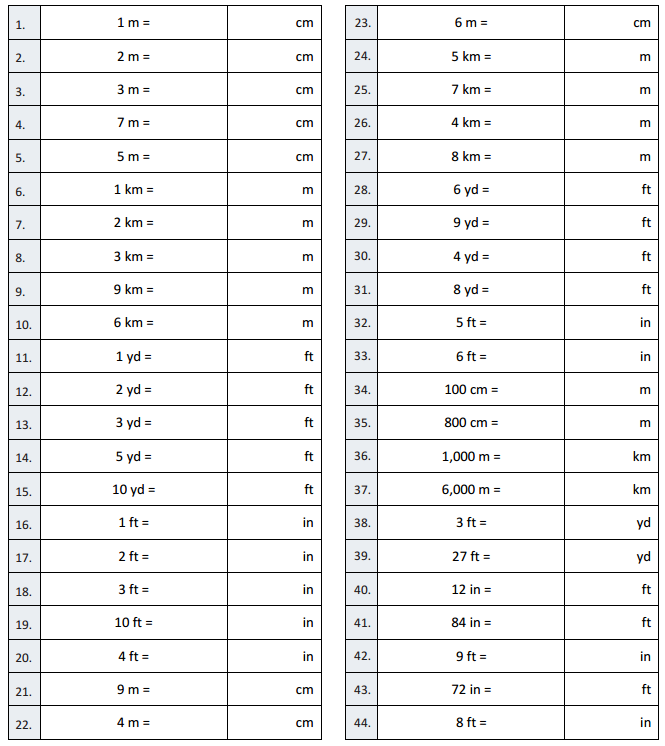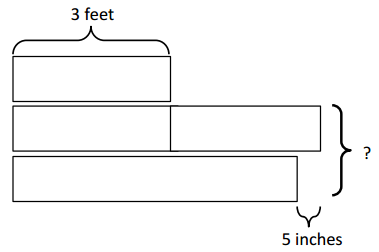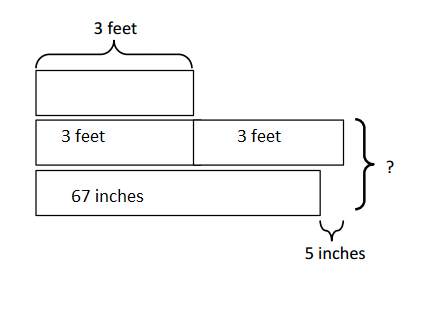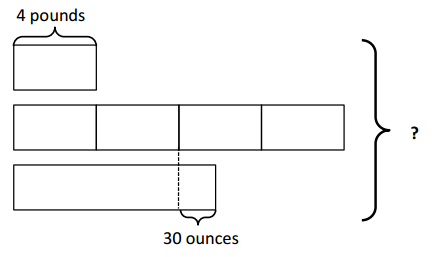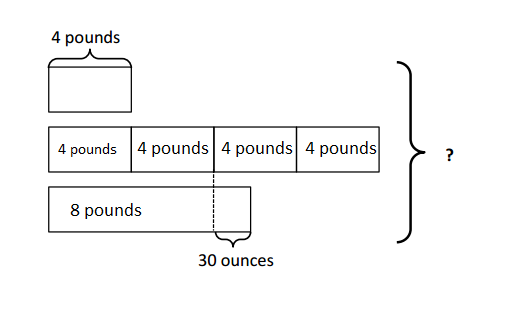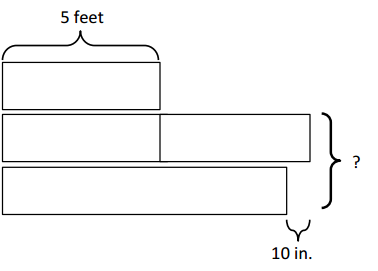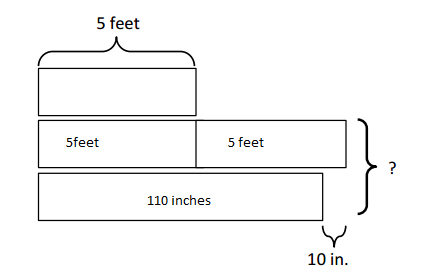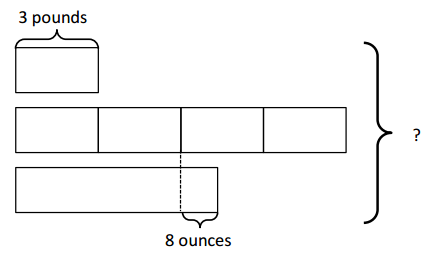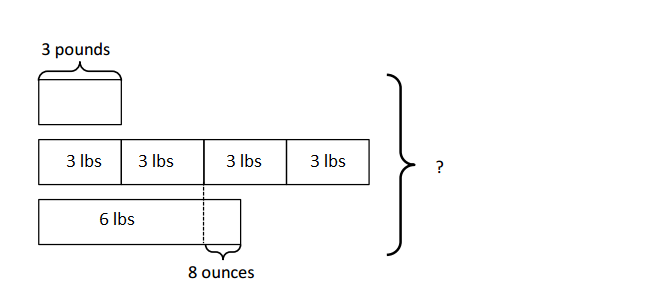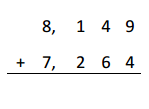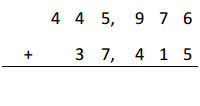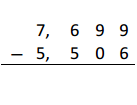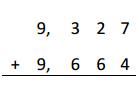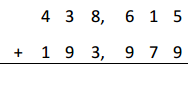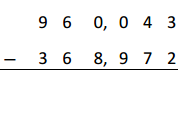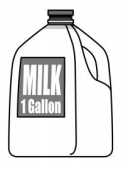Engage NY Eureka Math 4th Grade Module 7 Lesson 1 Answer Key
Eureka Math Grade 4 Module 7 Lesson 1 Sprint Answer Key
A
Convert to Dollars
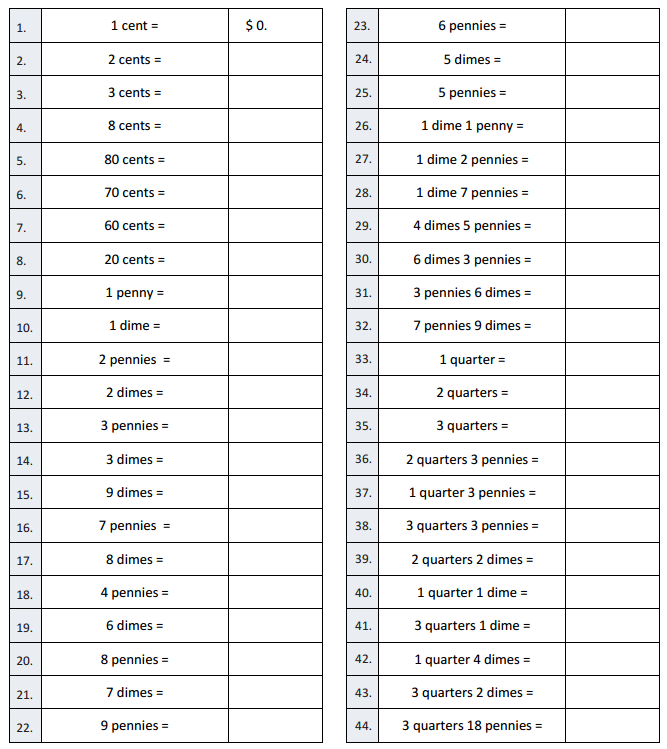
Question 1.
1 cent =
Answer:
$ 0.01
Question 2.
2 cents =
Answer:
$0.02
Question 3.
3 cents =
Answer:
$0.03
Question 4.
8 cents =
Answer:
$0.08
Question 5.
80 cents =
Answer:
$0.8
Question 6.
70 cents =
Answer:
$0.7
Question 7.
60 cents =
Answer:
$0.6
Question 8.
20 cents =
Answer:
$0.2
Question 9.
1 penny =
Answer:
1 penny = 1 cent
$0.01
Question 10.
1 dime =
Answer:
1 dime = 10 cents
$0.1
Question 11.
2 pennies =
Answer:
2 pennies = 2 cents
$0.02
Question 12.
2 dimes =
Answer:
2 dimes = 10 +10 = 20 cents
$0.2
Question 13.
3 pennies =
Answer:
3 pennies = 3 cents
$0.03
Question 14.
3 dimes =
Answer:
3 dimes = 10+10+10+ = 30 cents
$0.3
Question 15.
9 dimes =
Answer:
9 dimes = 10+10+10+10+10+10+10+10+10+ = 90 cents
$0.9
Question 16.
7 pennies =
Answer:
7 pennies = 7 cents
$ 0.07
Question 17.
8 dimes =
Answer:
8 dimes = 10+10+10+10+10+10+10+10 = 80
$0.8
Question 18.
4 pennies =
Answer:
4 pennies = 4 cents
$0.04
Question 19.
6 dimes =
Answer:
6 dimes = 10+10+10+10+10+10 = 60
$0.6
Question 20.
8 pennies =
Answer:
8 pennies = 8 cents
$0.08
Question 21.
7 dimes =
Answer:
7 dimes = 10+10+10+10+10+10+10 = 70 cents
$0.7
Question 22.
9 pennies =
Answer:
9 pennies = 9 cents
$0.09
Question 23.
6 pennies =
Answer:
6 pennies = 6 cents
$0.06
Question 24.
5 dimes =
Answer:
5 dimes = 10+10+10+10+10 = 50 cents
$0.5
Question 25.
5 pennies =
Answer:
5 pennies = 5 cents
$0.05
Question 26.
1 dime 1 penny =
Answer:
1 dime = 10 cents
1 penny = 1 cents
Total : 10 +1 = 11
$0.11
Question 27.
1 dime 2 pennies =
Answer:
1 dime = 10 cents
2 pennies = 2 cents
Total : 10+2 = 12
$0.12
Question 28.
1 dime 7 pennies =
Answer:
1 dime = 10 cents
7 pennies = 7 cents
Total : 10+7 = 17
$0.17
Question 29.
4 dimes 5 pennies =
Answer:
4 dimes = 10+10+10+10 = 40 cents
5 pennies = 5 cents
Total : 40+5 = 45
$0.45
Question 30.
6 dimes 3 pennies =
Answer:
6 dimes = 10+10+10+10+10+10 = 60
3 pennies = 3 cents
Total : 60 + 3 = 63
$0.63
Question 31.
3 pennies 6 dimes =
Answer:
3 pennies = 3 cents
6 dimes = 10+10+10+10+10+10 = 60
Total : 3 + 60 = 63
$0.63
Question 32.
7 pennies 9 dimes =
Answer:
7 pennies = 7 cents
9 dimes = 10+10+10+10+10+10+10+10+10 = 90
Total : 7 + 90 = 97
$0.97
Question 33.
1 quarter =
Answer:
1 quarter = 25 cents
$0.25
Question 34.
2 quarters =
Answer:
2 quarters = 25 + 25 = 50 cents
$0.50
Question 35.
3 quarters =
Answer:
3 quarters = 25+ 25+ 25 = 75 cents
$0.75
Question 36.
2 quarters 3 pennies =
Answer:
2 quarters = 25+ 25 = 50 cents
3 pennies = 3 cents
Total : 50 + 3 = 53
$0.53
Question 37.
1 quarter 3 pennies =
Answer:
1 quarters = 25 cents
3 pennies = 3 cents
Total : 25 + 3 = 28
$0.28
Question 38.
3 quarters 3 pennies =
Answer:
3 quarters = 25 + 25+ 25 = 75 cents
3 pennies = 3 cents
Total : 75 + 3 = 78
$0.78
Question 39.
2 quarters 2 dimes =
Answer:
2 quarters = 25+25 = 50 cents
2 dimes = 10 + 10 = 20 cents
Total : 50+ 20 = 70
$0.70
Question 40.
1 quarter 1 dime =
Answer:
1 quarter = 25 cents
1 dime = 10 cents
Total : 25 + 10 = 35 cents
$0.35
Question 41.
3 quarters 1 dime =
Answer:
3 quarters = 25+25+25 = 75 cents
1 dime = 10 cents
Total : 75 + 10 = 85
$0.85
Question 42.
1 quarter 4 dimes =
Answer:
1 quarter = 25 cents
4 dimes = 10+10+10+10 = 40 cents
Total : 25+40 =65
$0.65
Question 43.
3 quarters 2 dimes =
Answer:
3 quarters = 25+25+25 = 75 cents
2 dimes = 10+10 = 20
Total : 75 + 20 = 95
$0.95
Question 44.
3 quarters 18 pennies =
Answer:
3 quarters = 25+25+25 = 75 cents
18 pennies = 18 cents
Total : 75 + 18 = 93
$0.93
B
Convert to Dollars
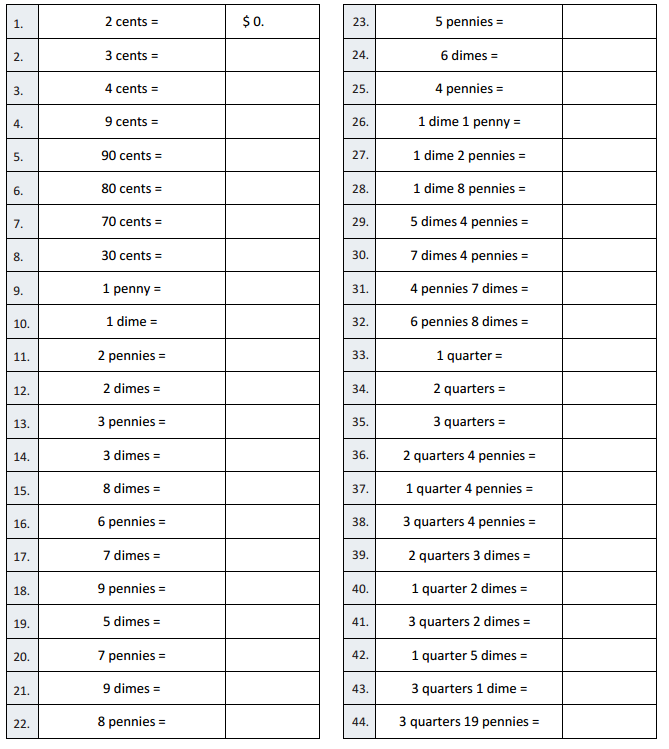
Question 1.
2 cent =
Answer:
$ 0.2
Question 2.
3 cents =
Answer:
$0.03
Question 3.
4 cents =
Answer:
$0.04
Question 4.
9 cents =
Answer:
$0.09
Question 5.
90 cents =
Answer:
$0.90
Question 6.
80 cents =
Answer:
$0.80
Question 7.
70 cents =
Answer:
$0.70
Question 8.
30 cents =
Answer:
$0.30
Question 9.
1 penny =
Answer:
$0.01
Question 10.
1 dime =
Answer:
1 dime = 10 cents
$0.10
Question 11.
2 pennies =
Answer:
2 pennies = 2 cents
$0.02
Question 12.
2 dimes =
Answer:
2 dimes = 10 + 10 = 20
$0.20
Question 13.
3 pennies =
Answer:
3 pennies = 3 cents
$0.03
Question 14.
3 dimes =
Answer:
3 dimes = 10+10+10 =30
$0.30
Question 15.
8 dimes =
Answer:
8 dimes = 10+10+10+10+10+10+10+10 = 80
$0.80
Question 16.
6 pennies =
Answer:
6 pennies = 6 cents
$0.06
Question 17.
7 dimes =
Answer:
7 dimes = 10+10+10+10+10+10+10 = 70 cents
$0.70
Question 18.
9 pennies =
Answer:
9 pennies = 9 cents
$0.09
Question 19.
5 dimes =
Answer:
5 dimes = 10+10+10+10+10 =50 cents
$0.50
Question 20.
7 pennies =
Answer:
7 pennies = 7 cents
$0.07
Question 21.
9 dimes =
Answer:
9 dimes = 10+10+10+10+10+10+10+10+10 = 90 cents
$0.90
Question 22.
8 pennies =
Answer:
8 pennies = 8 cents
$0.08
Question 23.
5 pennies =
Answer:
5 pennies = 5 cents
$0.05
Question 24.
6 dimes =
Answer:
6 dimes = 10+10+10+10+10+10 = 60
$0.60
Question 25.
4 pennies =
Answer:
4 pennies = 4 cents
$0.04
Question 26.
1 dime 1 penny =
Answer:
1 dime = 10 cents
1 penny = 1 cent
Total : 10 + 1 = 11
$0.11
Question 27.
1 dime 2 pennies =
Answer:
1 dime = 10 cents
2 pennies = 2 cents
Total : 10 + 2 = 12
$0.12
Question 28.
1 dime 8 pennies =
Answer:
1 dime = 10 cents
8 pennies = 8 cents
Total : 10+8= 18
$0.18
Question 29.
5 dimes 4 pennies =
Answer:
5 dimes = 10+10+10+10+10 = 50 cents
4 pennies = 4 cents
Total : 50 + 4 = 54
$0.54
Question 30.
7 dimes 4 pennies =
Answer:
7 dimes = 10+10+10+10+10+10+10 = 70
4 pennies = 4 cents
Total : 70 + 4 = 74
$0.74
Question 31.
4 pennies 7 dimes =
Answer:
4 pennies = 4 cents
7 dimes = 10+10+10+10+10+10+10 = 70 cents
Total ; 4 + 70 = 74
$0.74
Question 32.
6 pennies 8 dimes =
Answer:
6 pennies = 6 cents
8 dimes = 10+10+10+10+10+10+10+10 = 80
Total : 6 + 80 = 86
$0.86
Question 33.
1 quarter =
Answer:
1 quarter = 25 cents
$0.25
Question 34.
2 quarters =
Answer:
2 quarters = 25+ 25 = 50
$0.50
Question 35.
3 quarters =
Answer:
3 quarters = 25+25+25 = 75
$0.75
Question 36.
2 quarters 4 pennies =
Answer:
2 quarters = 25+25=50
4 pennies = 4 cents
Total : 50+4 = 54
$0.54
Question 37.
1 quarter 4 pennies =
Answer:
1 quarter = 25 cents
4 pennies = 4 cents
Total : 25 + 4 = 29
$0.29
Question 38.
3 quarters 4 pennies =
Answer:
3 quarters = 25+ 25+ 25 = 75
4 pennies = 4 cents
Total : 75 + 4 = 79
$0.79
Question 39.
2 quarters 3 dimes =
Answer:
2 quarters = 25+25 = 50 cents
3 dimes = 10+10 + 10 = 30 cents
Total : 50+ 30 = 80
$0.80
Question 40.
1 quarter 2 dime =
Answer:
1 quarter = 25 cents
2 dimes = 10+10 = 20 cents
Total : 25 +20 = 45
$0.45
Question 41.
3 quarters 2 dime =
Answer:
3 quarters = 25+25+25 = 75 cents
2 dimes = 10+10 = 20
Total : 75 + 20 = 95
$0.95
Question 42.
1 quarter 5 dimes =
Answer:
1 quarter = 25 cents
5 dimes = 10+10+10+10+10 = 50
Total : 25+50 = 75
$0.75
Question 43.
3 quarters 1 dimes =
Answer:
3 quarters = 25 + 25 + 25 = 75
1 dime = 10 cents
Total : 75 + 10 = 85
$0.85
Question 44.
3 quarters 19 pennies =
Answer:
3 quarters = 25+ 25 + 25 = 75
19 pennies = 19 cents
Total : 75 + 19 = 94
$0.94
Eureka Math Grade 4 Module 7 Lesson 1 Practice Sheet Answer Key
a.
Pounds | Ounces |
| 1 | 16 |
| 2 | 32 |
| 3 | 48 |
| 4 | 64 |
| 5 | 80 |
| 6 | 96 |
| 7 | 112 |
| 8 | 128 |
| 9 | 144 |
| 10 | 160 |
The rule for converting pounds to ounces is _______ .
To convert pounds into ounces, multiply pounds value by 16
b.
Yards | Feet |
| 1 | 3 |
| 2 | 6 |
| 3 | 9 |
| 4 | 12 |
| 5 | 15 |
| 6 | 18 |
| 7 | 21 |
| 8 | 24 |
| 9 | 27 |
| 10 | 30 |
The rule for converting yards to feet is ________.
To convert yards into feet, multiply yards value by 3
c.
Feet | Inches |
| 1 | 12 |
| 2 | 24 |
| 3 | 36 |
| 4 | 48 |
| 5 | 60 |
| 6 | 72 |
| 7 | 84 |
| 8 | 96 |
| 9 | 108 |
| 10 | 120 |
The rule for converting feet to inches is __________.
To convert feet to inches, multiply feet value by 12
Eureka Math Grade 4 Module 7 Lesson 1 Problem Set Answer Key
Use RDW to solve Problems 1–3.

Question 1.
Evan put a 2-pound weight on one side of the scale. How many 1-ounce weights will he need to put on the other side of the scale to make them equal?
Answer:
1 pound = 16 ounces
Which means , 2 pounds = 16 + 16 = 32
Therefore, Evan need 32 weight on other side to make them equal.
Question 2.
Julius put a 3-pound weight on one side of the scale. Abel put 35 1-ounce weights on the other side. How many more 1-ounce weights does Abel need to balance the scale?
Answer:
1 lb = 16 oz
Which means, 3 lb = 48 oz
48 – 35 = 13
Therefore, Able needs 13 more 1- ounce weights to balance the scale.
Question 3.
Mrs. Upton’s baby weighs 5 pounds and 4 ounces. How many total ounces does the baby weigh?
Answer:
1 pound = 16 ounces
Which means, 5 pounds = 5 x 16 = 80 oz
So, 80 + 4 = 84 oz
Therefore, Mrs. Upton’s baby weigh 84 ounces.
Question 4.
Complete the following conversion tables, and write the rule under each table.
a.
Pounds | Ounces |
| 1 | 16 |
| 3 | 48 |
| 7 | 112 |
| 10 | 160 |
| 17 | 272 |
The rule for converting pounds to ounces is __________
To convert pounds to ounces, multiply pounds value by 16
b.
Feet | Inches |
| 1 | 12 |
| 2 | 24 |
| 5 | 60 |
| 10 | 120 |
| 15 | 180 |
The rule for converting feet to inches is __________
To convert Feet into inches, multiply feet value by 12.
c.
The rule for converting yards to feet is ___________
Answer:
To convert yard to feet, multiply yard value by 3.
Question 5.
Solve.
a. 3 feet 1 inch = _______ inches
b. 11 feet 10 inches = _______ inches
c. 5 yards 1 foot = _______ feet
d. 12 yards 2 feet = _______ feet
e. 27 pounds 10 ounces = _______ ounces
f. 18 yards 9 feet = _______ feet
g. 14 pounds 5 ounces = _______ ounces
h. 5 yards 2 feet = _______ inches
Answer:
a. 3 feet 1 inch = 37 inches
b. 11 feet 10 inches 142 inches
c. 5 yards 1 foot = 16 feet
d. 12 yards 2 feet = 38 feet
e. 27 pounds 10 ounces = 442 ounces
f. 18 yards 9 feet =63 feet
g. 14 pounds 5 ounces = 229 ounces
h. 5 yards 2 feet = 17 inches
Question 6.
Answer true or false for the following statements. If the statement is false, change the right side of the comparison to make it true.
a. 2 kilograms > 2,600 grams ___________
b. 12 feet < 140 inches ___________
c. 10 kilometres = 10,000 meters ___________
Answer:
a. False , 2 kg = 2000 grams
So, 2 kilograms < 2,600 grams
b. False, 12 feet = 144 inches
So, 12 feet > 140 inches
c. True
Eureka Math Grade 4 Module 7 Lesson 1 Exit Ticket Answer Key
Question 1.
Solve.
a. 8 feet = _________ inches
b. 4 yards 2 feet = _________ feet
c. 14 pounds 7 ounces = ________ ounces
Answer:
a. 8 feet = 96 inches
b. 4 yards 2 feet = 14 feet
c. 14 pounds 7 ounces = 231 ounces
Question 2.
Answer true or false for the following statements. If the statement is false, change the right side of the comparison to make it true.
a. 3 pounds > 60 ounces __________
b. 12 yards < 40 feet _________
Answer:
a. False , 3 pounds = 48 ounces
so, 3 pounds < 60 ounces
b. True
Eureka Math Grade 4 Module 7 Lesson 1 Homework Answer Key
Question 1.
Complete the tables.
a.
b.
Feet | Inches |
| 1 | 12 |
| 2 | 24 |
| 5 | 60 |
| 10 | 120 |
| 15 | 180 |
c.
Yards | Inches |
| 1 | 36 |
| 3 | 108 |
| 6 | 216 |
| 10 | 360 |
| 12 | 432 |
Answer:
Question 2.
a. 2 yards 2 inches = ________ inches
b. 9 yards 10 inches = ________ inches
c. 4 yards 2 feet = ________ feet
d. 13 yards 1 foot = ________ feet
e. 17 feet 2 inches = ________ inches
f. 11 yards 1 foot = ________ feet
g. 15 yards 2 feet = ________ feet
h. 5 yards 2 feet = ________ inches
Answer:
a. 2 yards 2 inches = 74 inches
b. 9 yards 10 inches = 334 inches
c. 4 yards 2 feet = 14 feet
d. 13 yards 1 foot = 40 feet
e. 17 feet 2 inches = 206 inches
f. 11 yards 1 foot = 34 feet
g. 15 yards 2 feet = 47 feet
h. 5 yards 2 feet = 17 inches
Question 3.
Ally has a piece of string that is 6 yards 2 feet long. How many inches of string does she have?
Answer:
6 yards = 36+36+36+36+36+36 = 216 inches
2 feet = 12+12 = 24 inches
Total : 216 + 24 = 240
Therefore, she have 240 inches of string
Question 4.
Complete the table.
Pounds | Ounces |
| 1 | 16 |
| 2 | 32 |
| 4 | 64 |
| 10 | 160 |
| 12 | 192 |
Answer:
Question 5.
Renee’s baby sister weighs 7 pounds 2 ounces. How many ounces does her sister weigh?
Answer:
7 pounds = 16+16+16+16+16+16+16 = 112 ounces
and 2 ounces
Total : 112 + 2 = 114
Therefore, Renee’s baby sister weighs 114 ounces
Question 6.
Answer true or false for the following statements. If the statement is false, change the right side of the comparison to make it true.
a. 4 kilograms < 4,100 grams ________
b. 10 yards < 360 inches ________
c. 10 liters = 100,000 millilitres ________
Answer:
a. True
b. False , 10 yards = 360 inches
c. False , 10 litres = 10000 millilitres.
